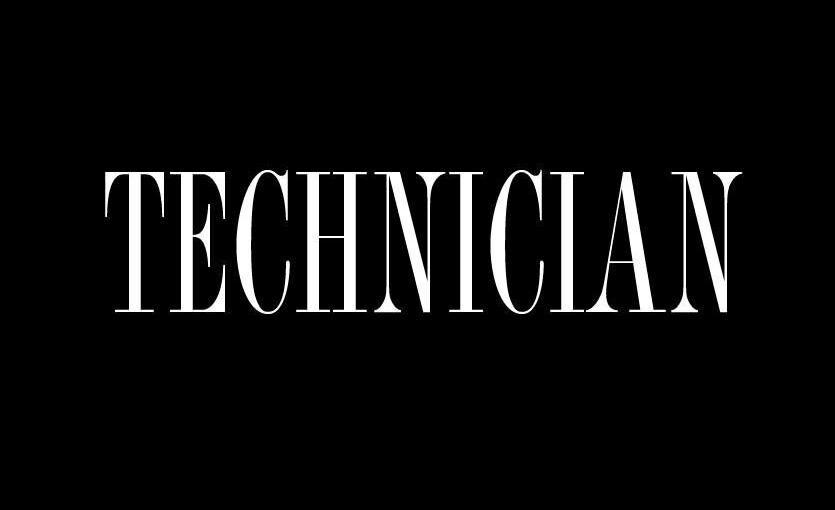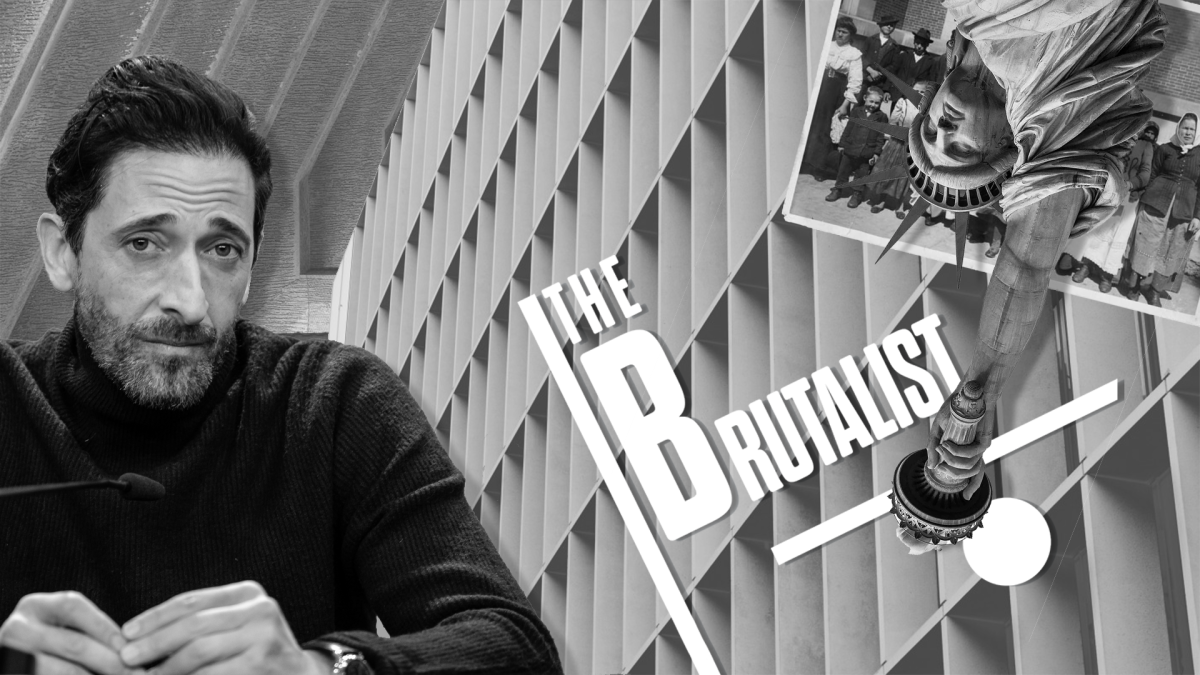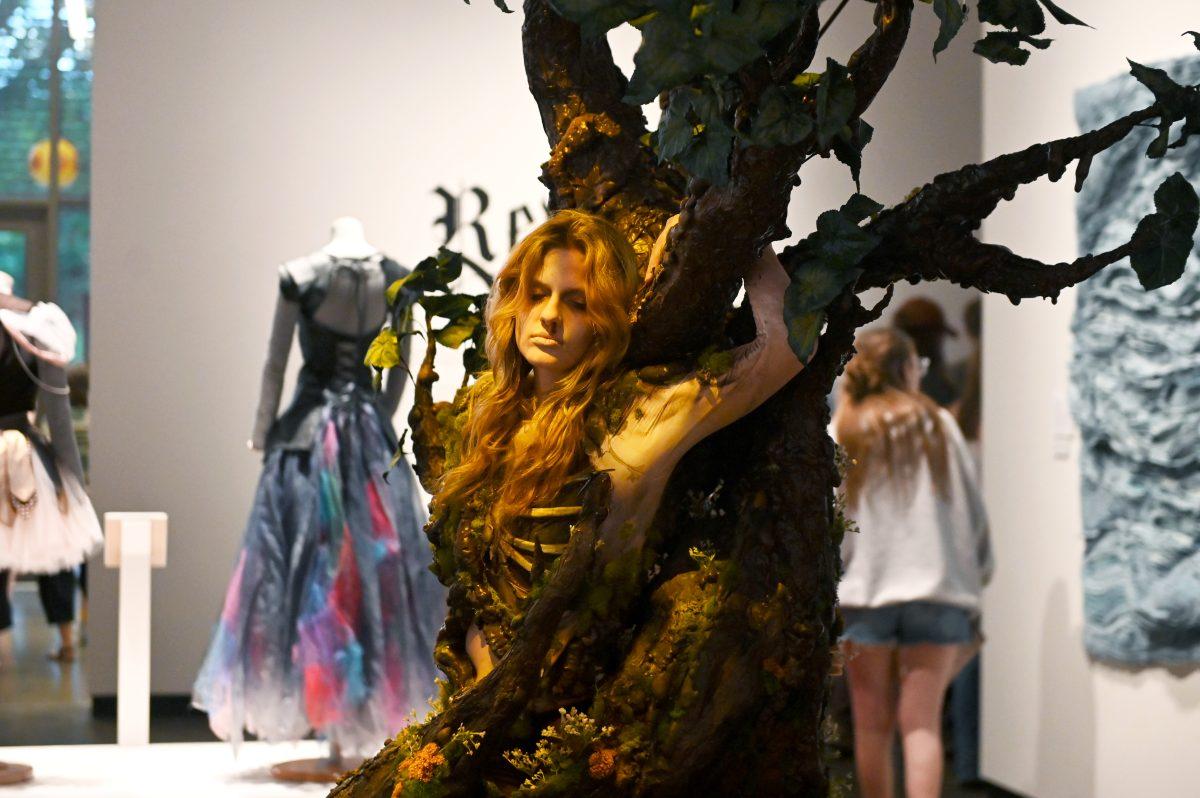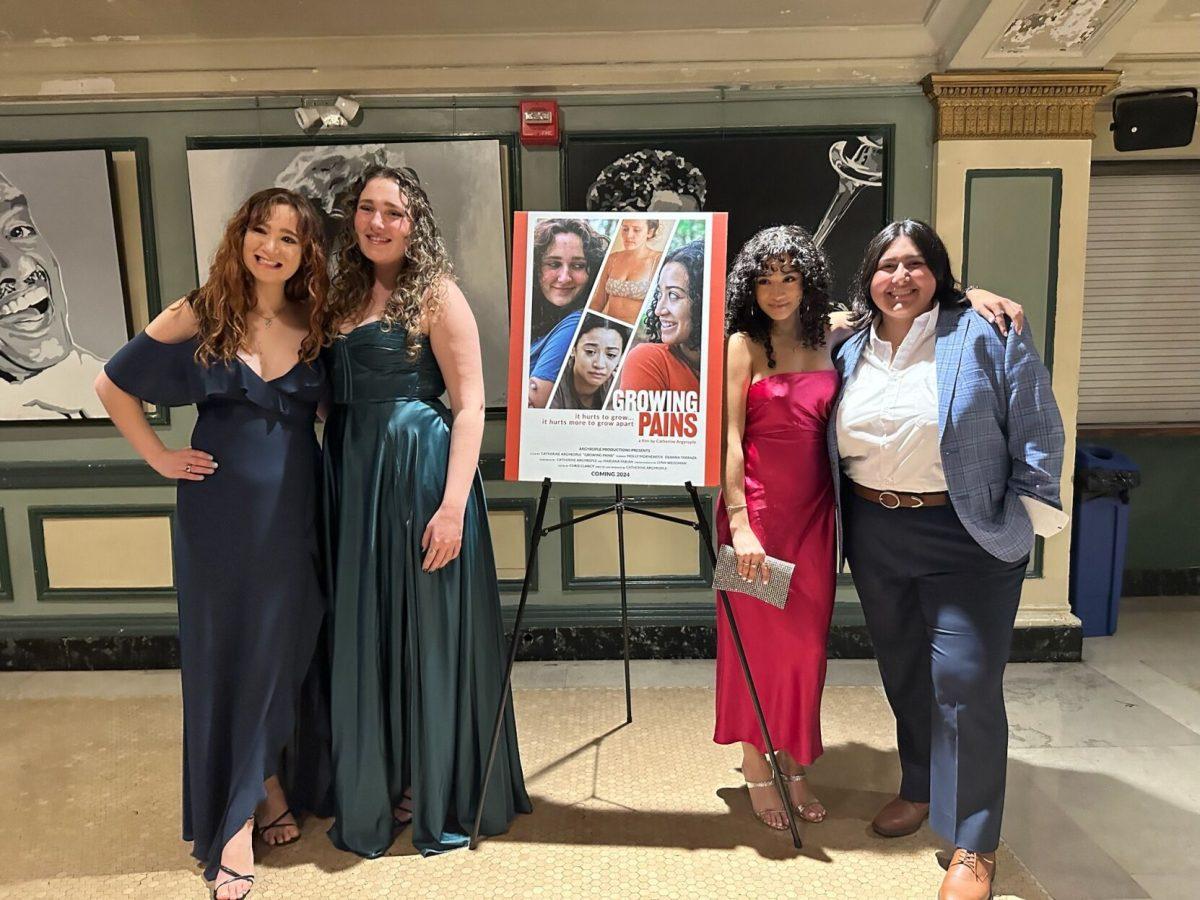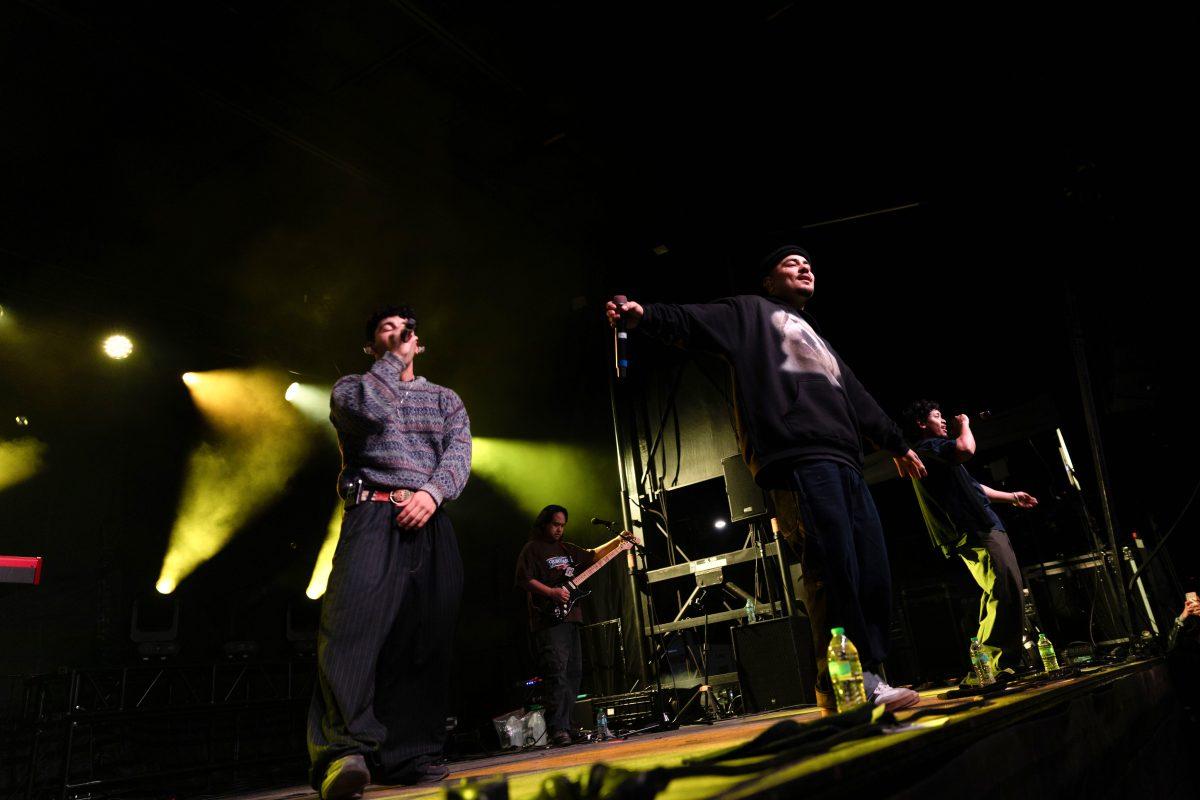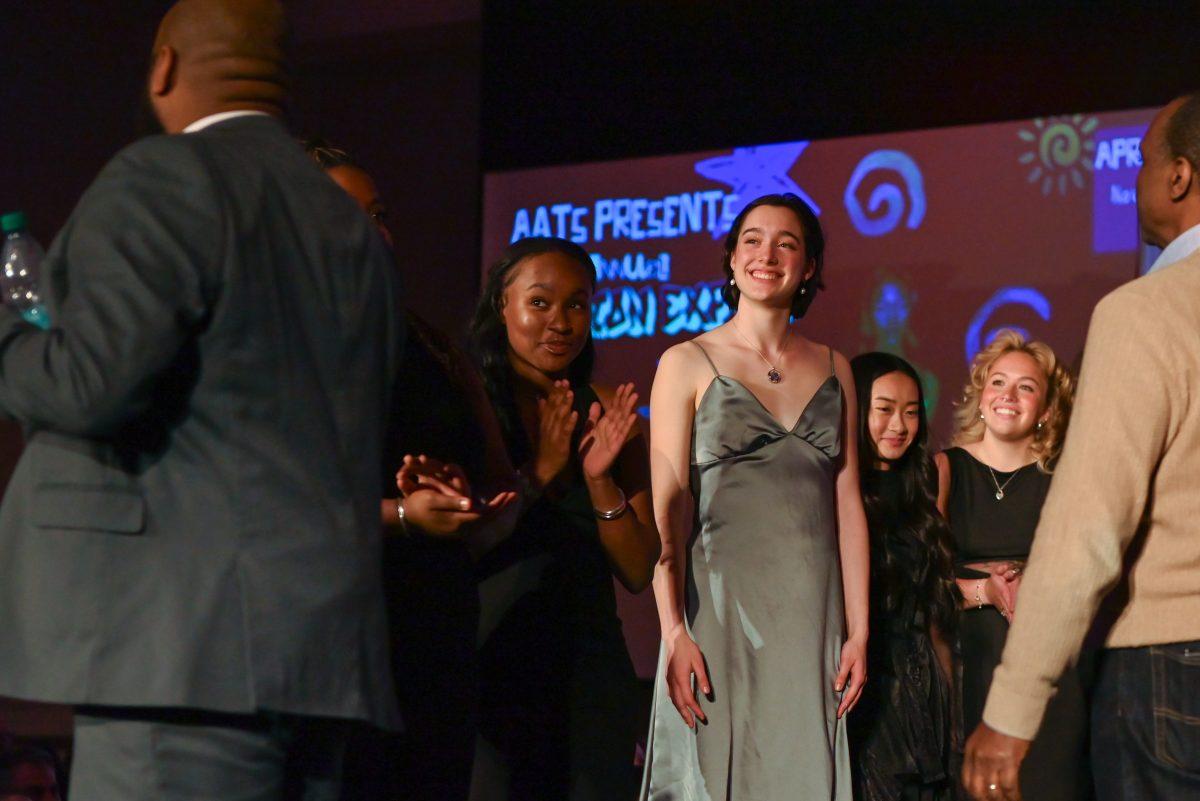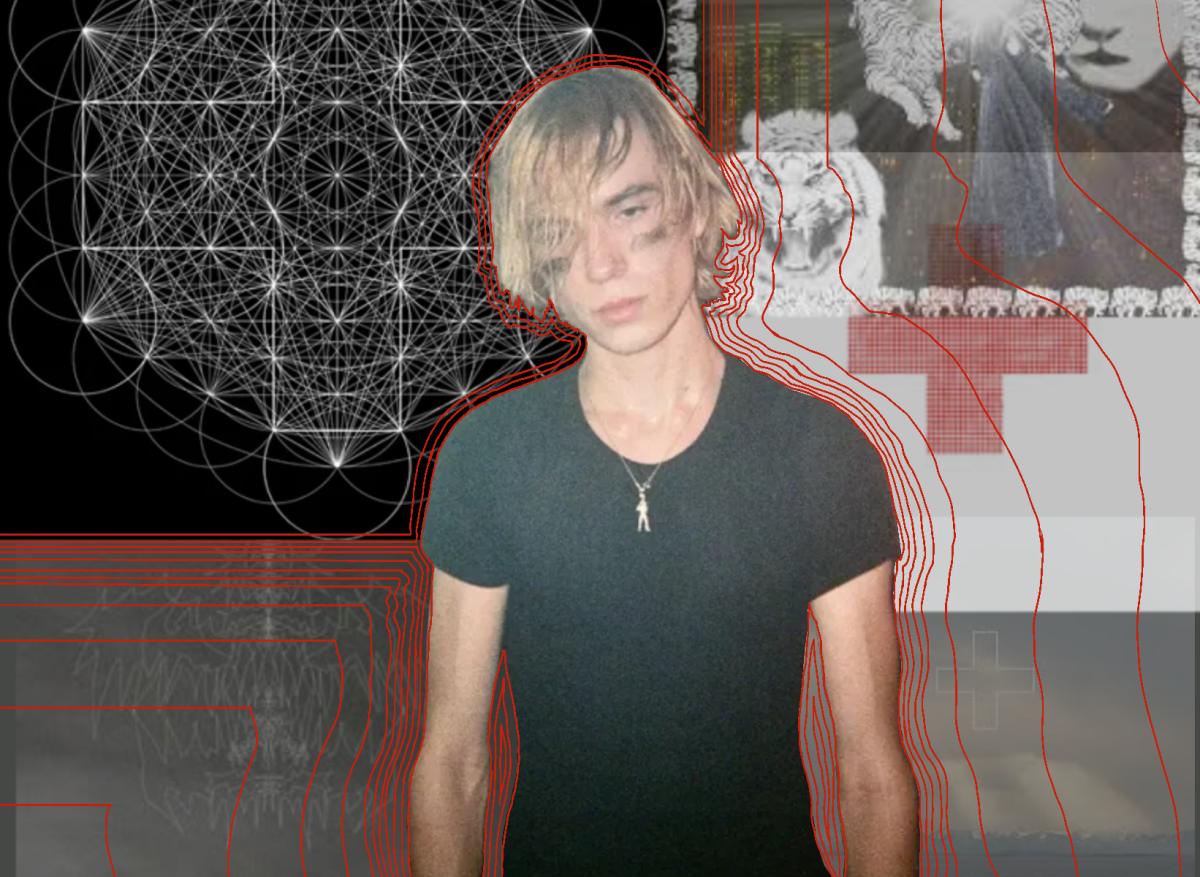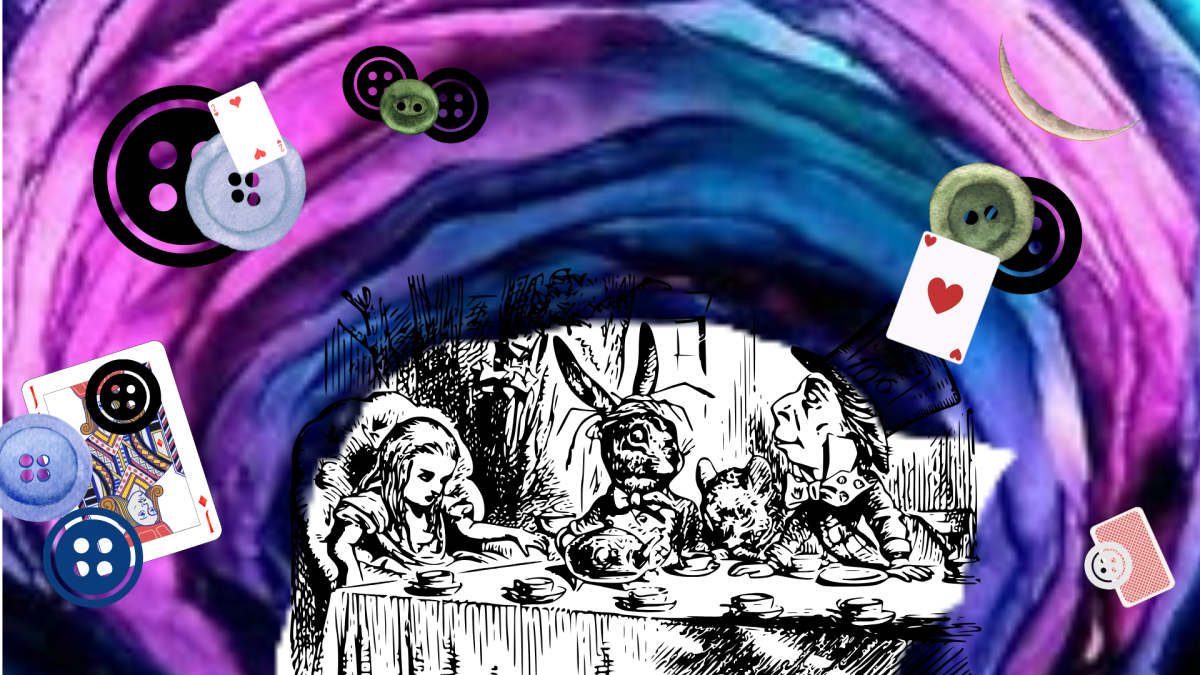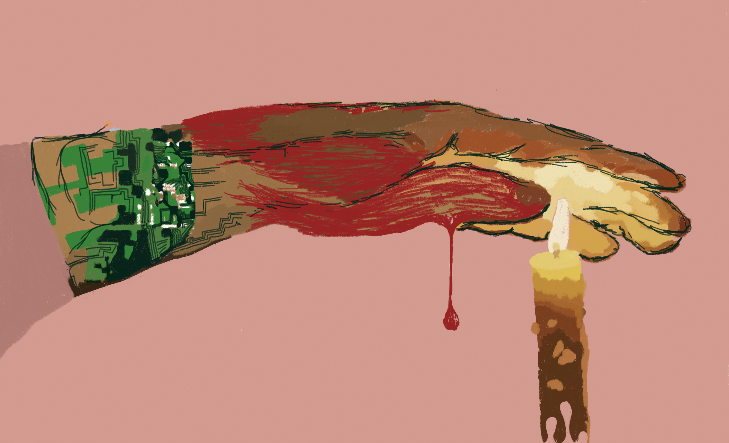Editor’s Note: This article contains reference to sexual assault and substance use.
“The Brutalist,” directed by Brady Corbet, is the story of László Tóth, a Hungarian-Jewish architect who escapes post-war Europe to the United States. It is a film about devotion, passion, the immigrant experience and the hypocrisies of the American dream.
Brutalist architecture showcases raw material, unique shapes and minimalism. It might evoke images of protruding concrete structures with harsh angles and a general dislike by the public.
This film is similarly raw and unapologetic in its storytelling. There are visuals that cannot be described as anything other than “epic,” especially when viewed in theaters. Its themes are heavy but handled elegantly and the performances make it feel like it isn’t a fiction at all.
The film opened with a breathtakingly joyful scene, where Tóth emerged from a ship to see the Statue of Liberty before him. It is the promise of hope and future free of the burdens of war. However, the shot of the monument is upside down.
Adrien Brody, who some might know from “The Pianist” or any number of Wes Anderson’s films, plays Tóth, the titular brutalist architect. Brody gave a powerful yet subtle performance. He is always imbued with a sense of light heartbreak, befitting of a man always in search of perfection.
In the new environment of Philadelphia, audiences see Tóth blunder several job opportunities due to his single-mindedness. Eventually, he finds himself employed by the philanthropist Harrison Lee Van Buren, played by Guy Pearce.
The first half of the film feels hopeful, like it is building to some great triumph. With work, Tóth is given a great chance to prove himself and he is also introduced to a lawyer who can help his wife follow him to America.
Felicity Jones plays Erzsébet, Tóth’s wife. Previously, she starred in “The Theory of Everything” and “Rogue One: A Star Wars Story.” Although she has a delayed appearance, she steals the show as Erzsébet, a resilient woman who faces antisemitism, misogyny, illness and a neglectful husband.
Her relationship with Tóth is constant push and pull. It is obvious the circumstances have made a relationship built on love turn to one of resentment, a prison. The nuance and desperation of their relationship was compelling and fascinating to watch.
It seems Tóth is struck down, then built back up and put through the same thing several times over. His struggles with addiction and communication make it so he is reliant on his art, which is also unstable.
There is a distinct tension between Tóth and Van Buren, in which the latter holds the power. Tóth’s work is only taken seriously by Americans when it is decided by Van Buren. Tóth is only employed when he follows Van Buren’s will, which results in a years-long pause in the project’s progress when they come to disagree.
There are several instances in the movie where immigrant characters are implied or shown to be sexually assaulted by their American counterparts. There is an ever present strain on Tóth’s family, both as Jews and foreigners, and there is an ease with which those in power exploit them.
The tension underlying the entire film is similar to that experienced by the main characters, whose lives never seem to be in their own hands. The trauma and mistreatment of the Tóths is almost wholly unspoken, informing often erratic relationships and actions.
Despite what some might deem an unnecessarily long duration, it seems every minute is infused with intention, conflict and beauty.
The spectacular runtime of 215 minutes might push away more casual viewers, but there is a 15-minute intermission between the two acts of the movie. This unorthodox addition by the filmmakers is a tribute to the time period of the film and has been praised by the movie-going community for making the extended experience more pleasant.
“The Brutalist” was shot entirely on VistaVision, a widescreen version of 35 mm motion picture film which is a predecessor to 70 mm and IMAX. It was used throughout the 1950s, but since has only been used for special effects and dynamic scenes that benefit from its wide format and high-resolution.
The film format was an homage to the era, but also an artistic choice. The quality of the film is better in terms of coloring, depth and definition. Movies shot on film have a certain quality which makes them almost pop off the screen and even more so with VistaVision.
This grandiose movie made use of its expensive materials. In a film about architecture, the buildings were given their time to shine. Huge images, like a mountain range or marble quarry, were rendered in incredible detail. The cinematography and quality of the film added to an air of worldliness and magnificence.
With a budget of under $10 million, “The Brutalist” has passed several major box office milestones, surpassing expectations for a limited-release film.
The film has been a powerhouse this awards season, both for performances and production. The movie is a favorite to win Best Picture at the Oscars and Adrien Brody has already won numerous accolades for his performance.
Though clearly a movie catered to the eye of a critic or arthouse enjoyer, it is an exercise in genuine and thoughtful storytelling. At times, it seems both aloof and right on the nose, but overall balances the two to create a dynamic and enthralling narrative.
Ambitious in its scope, “The Brutalist” seems to have done what it set out to do: leave its audiences with a sense of dread, appreciation and awe. With a still-expanding rollout, make sure you get a chance to see it in theaters.

